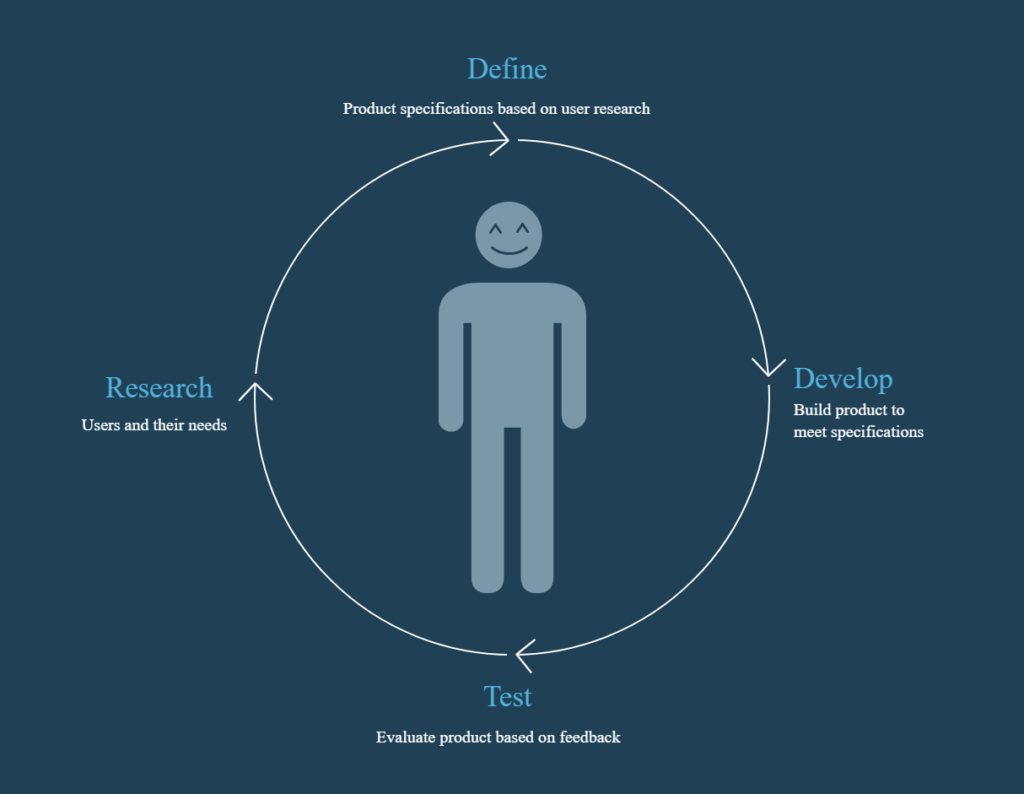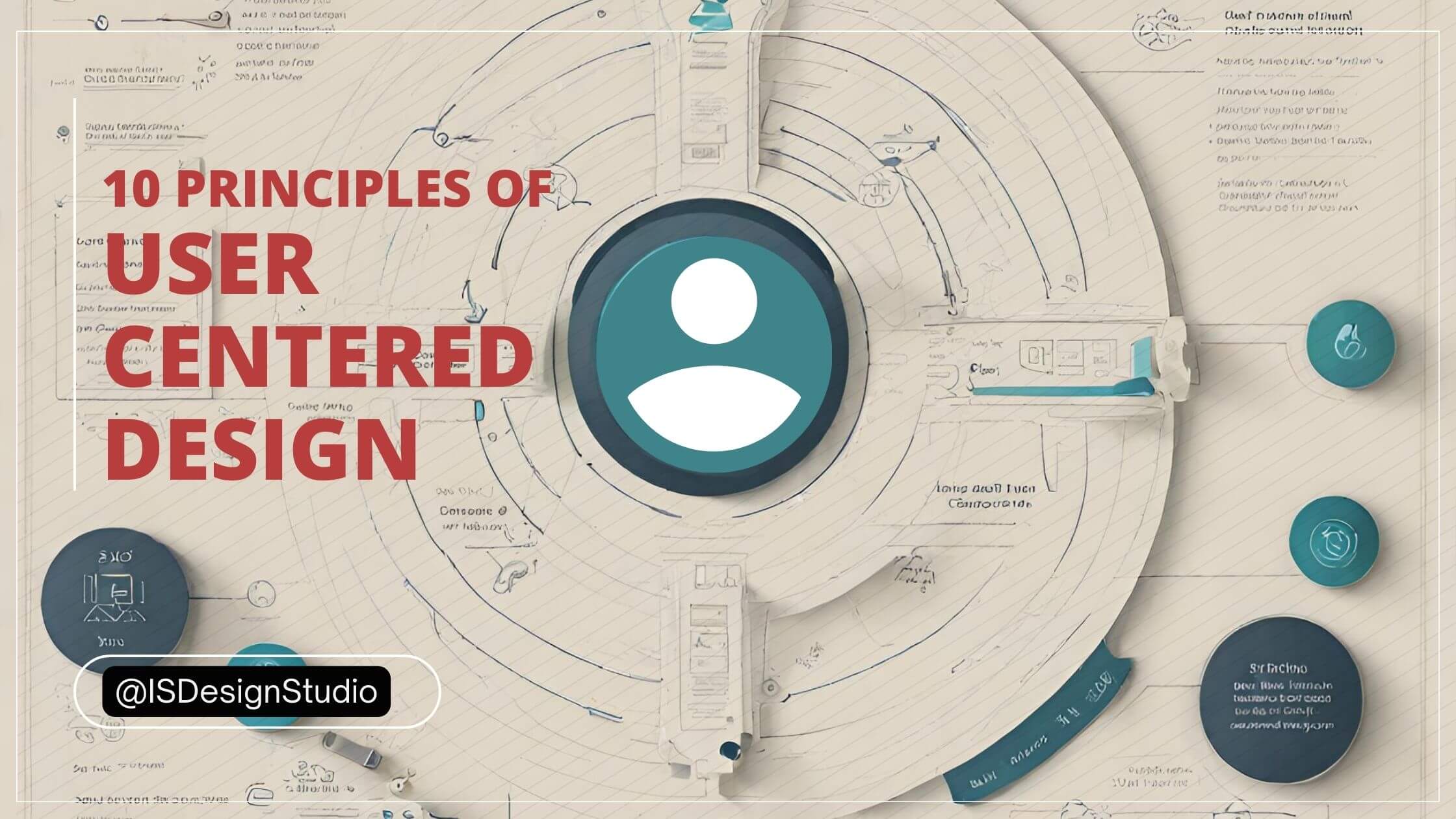User-centered design (UCD) is a creative approach that places the user’s needs at the forefront of all design and development activities. It involves a detailed focus on understanding user behaviors, needs, and motivations to create products that offer tailored solutions.

Key Principles of User Centered Design
Visibility of System Status:
Keep users informed about what is going on through appropriate feedback within a reasonable time.
Match between System and the Real World:
The system should speak the users’ language, with words, phrases, and concepts familiar to the user, rather than system-oriented terms.
User Control and Freedom:
Users often choose system functions by mistake and need a clearly marked “emergency exit” to leave the unwanted state without having to go through an extended dialogue.
Consistency and Standards:
Users should not have to wonder whether different words, situations, or actions mean the same thing. Follow platform conventions.
Error Prevention:
Even better than good error messages is a careful design that prevents a problem from occurring in the first place.
Recognition Rather Than Recall:
Make objects, actions, and options visible. The user should not have to remember information from one part of the dialogue to another.
Flexibility and Efficiency of Use:
Accelerators—unseen by the novice user—may often speed up the interaction for the expert user such that the system can cater to both inexperienced and experienced users.
Aesthetic and Minimalist Design:
Dialogues should not contain information that is irrelevant or rarely needed. Every extra unit of information in a dialogue competes with the relevant units of information and diminishes their relative visibility.
Help Users Recognize, Diagnose, and Recover from Errors:
Error messages should be expressed in plain language (no codes), precisely indicate the problem, and constructively suggest a solution.
Help and Documentation:
Even though it is better if the system can be used without documentation, it may be necessary to provide help and documentation. Any such information should be easy to search, focused on the user’s task, be list concrete steps to be taken, and not be too large.
Conclusion
By adhering to these user-centered design principles, designers and developers can create more intuitive and user-friendly products that not only meet but exceed user expectations.
In:








